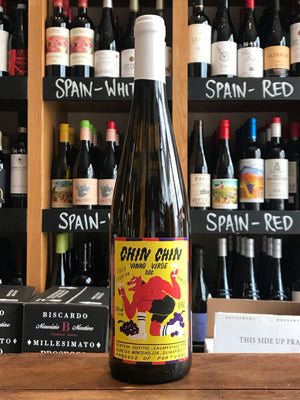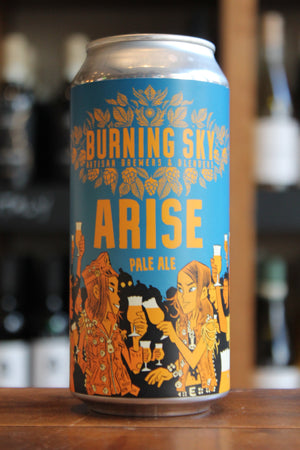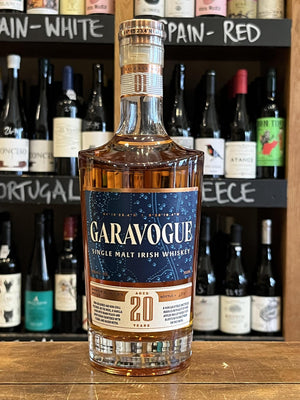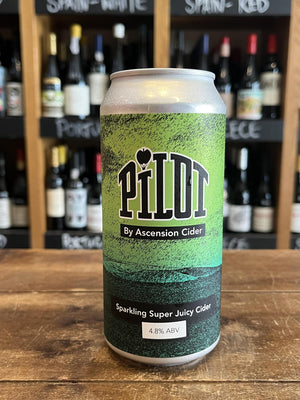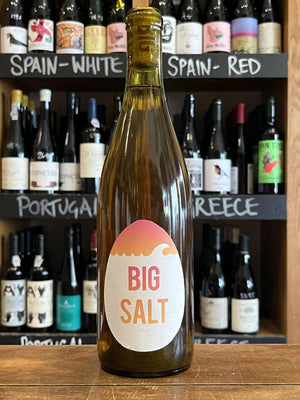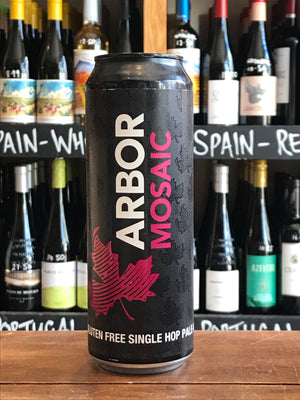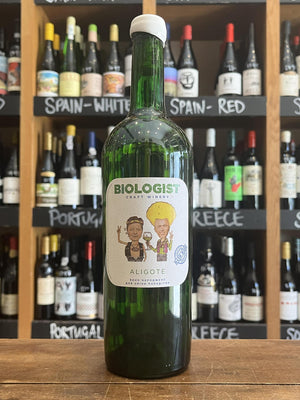English Sparkling Wine vs Champagne
In recent years, English sparkling wine has emerged as a noteworthy contender in the world of sparkling wines, often drawing comparisons with its illustrious French counterpart, Champagne. This blog delves into various factors, including climate, history, grape varieties, production methods, flavour profiles, and the environmental implications of choosing English sparkling wine over Champagne.
Climate: A Tale of Two Regions
The climate plays a crucial role in determining the characteristics of sparkling wine. Champagne, located in northeastern France, enjoys a cool continental climate with significant seasonal variations. The region experiences cold winters and mild summers, along with a good amount of rainfall, which helps produce grapes with high acidity, a defining feature of Champagne.
Conversely, English wine regions, primarily situated in the southern part of the country, benefit from a maritime climate. This climate is influenced by the Atlantic Ocean, providing mild winters and warmer summers compared to Champagne. While England’s climate has traditionally been regarded as less suitable for viticulture, climate change has had a transformative effect. Increasing average temperatures have allowed for more consistent grape ripening, leading to the production of high-quality sparkling wines that rival Champagne.
Historical Context: From Discovery to Now
The history of sparkling wine production in Champagne dates back to the early 17th century when the méthode champenoise (now known as méthode traditionnelle) was developed. The region’s reputation grew throughout the 18th and 19th centuries, establishing Champagne as the epitome of luxury and celebration.
In contrast, the history of English sparkling wine is relatively recent, with commercial production gaining momentum in the late 20th century. While vineyards were planted in England as far back as Roman times, it wasn’t until the late 20th century that the English wine industry began to flourish. Notable milestones include the establishment of the first commercial winery, Nyetimber, in the 1980s, which focused on producing traditional method sparkling wines. Since then, the quality of English sparkling wine has improved dramatically, garnering recognition and awards on the global stage.
Grape Varieties: A Study of Terroir
Champagne is known for its distinctive grape varieties: Chardonnay, Pinot Noir, and Pinot Meunier. Each contributes unique characteristics to the final product, with Chardonnay imparting elegance and finesse, Pinot Noir providing body and structure, and Pinot Meunier adding fruitiness.
In England, the same grape varieties dominate the sparkling wine scene, thanks to the adoption of traditional production methods. This choice allows English producers to create sparkling wines that share similarities with Champagne. However, English winemakers are also experimenting with other varietals, such as Bacchus and Seyval Blanc, to produce distinctive sparkling wines that reflect the terroir of their regions.
Climate Change: A Catalyst for Change
Climate change is reshaping the landscape of wine production globally, and both Champagne and English wine regions are experiencing its effects. In Champagne, warmer temperatures can lead to increased sugar levels in grapes, resulting in wines that may be higher in alcohol and lower in acidity. The traditional balance that defines Champagne could be compromised, raising concerns about maintaining the region's integrity.
Conversely, English sparkling wine production stands to benefit from climate change. As temperatures rise, English vineyards can achieve optimal ripeness and consistent grape quality. This shift has positioned England as a promising region for sparkling wine, offering a viable alternative to traditional Champagne.
Flavour Profiles: Nuances and Distinctions
The flavour profiles of Champagne and English sparkling wine can differ significantly due to factors such as terroir, climate, and production methods. Champagne is often characterised by notes of green apple, pear, citrus, and brioche, alongside a distinct minerality derived from the region's chalky soils.
In comparison, English sparkling wine tends to display a brighter fruit profile, with flavours of apple, elderflower, and stone fruits, often accompanied by a floral note. The differences in climate and terroir contribute to these unique characteristics, with English wines typically showcasing a fresher and crisper profile.
Production Methods: A Shared Tradition
Both English sparkling wine and Champagne are produced using the traditional méthode champenoise, which involves a secondary fermentation in the bottle. This method is integral to developing the fine bubbles and complex flavours associated with high-quality sparkling wines.
Despite using similar methods, the production scale and techniques can vary. Champagne houses often employ a larger-scale production system, while English producers typically operate smaller, boutique wineries. This artisanal approach allows for greater attention to detail and innovation in the winemaking process.
Competitive Edge: English Sparkling Wine's Rising Reputation
One of the most compelling indicators of the quality of English sparkling wine is its performance in blind tastings. English sparkling wines have triumphed over Champagne in prestigious events, such as the Effervescents du Monde, showcasing their growing reputation. These accolades highlight that English sparkling wines can stand shoulder to shoulder with the finest Champagnes, challenging traditional perceptions and establishing themselves as serious contenders in the sparkling wine arena.
Environmental Considerations: Choosing Locally
One of the significant advantages of choosing English sparkling wine over Champagne lies in its environmental impact. Transporting wine from France to the UK contributes to a larger carbon footprint, while English sparkling wines offer a more sustainable option for consumers.
Many English wineries prioritise environmentally friendly practices, including organic and biodynamic farming methods, minimal intervention, and sustainable packaging. By supporting local producers, consumers can contribute to the reduction of carbon emissions and promote sustainable viticulture.
Conclusion
In summary, the comparison between English sparkling wine and Champagne reveals both similarities and differences across various factors, including climate, history, grape varieties, flavour profiles, and production methods. While Champagne has long been regarded as the benchmark for sparkling wine, the rise of English sparkling wine presents a compelling alternative that showcases the potential of English viticulture.
As consumers become increasingly conscious of environmental issues and seek quality products, English sparkling wine offers a delicious and sustainable option. Whether one prefers the classic elegance of Champagne or the bright and refreshing qualities of English sparkling wine, both celebrate the artistry and tradition of winemaking, making them worthy of appreciation and enjoyment.


